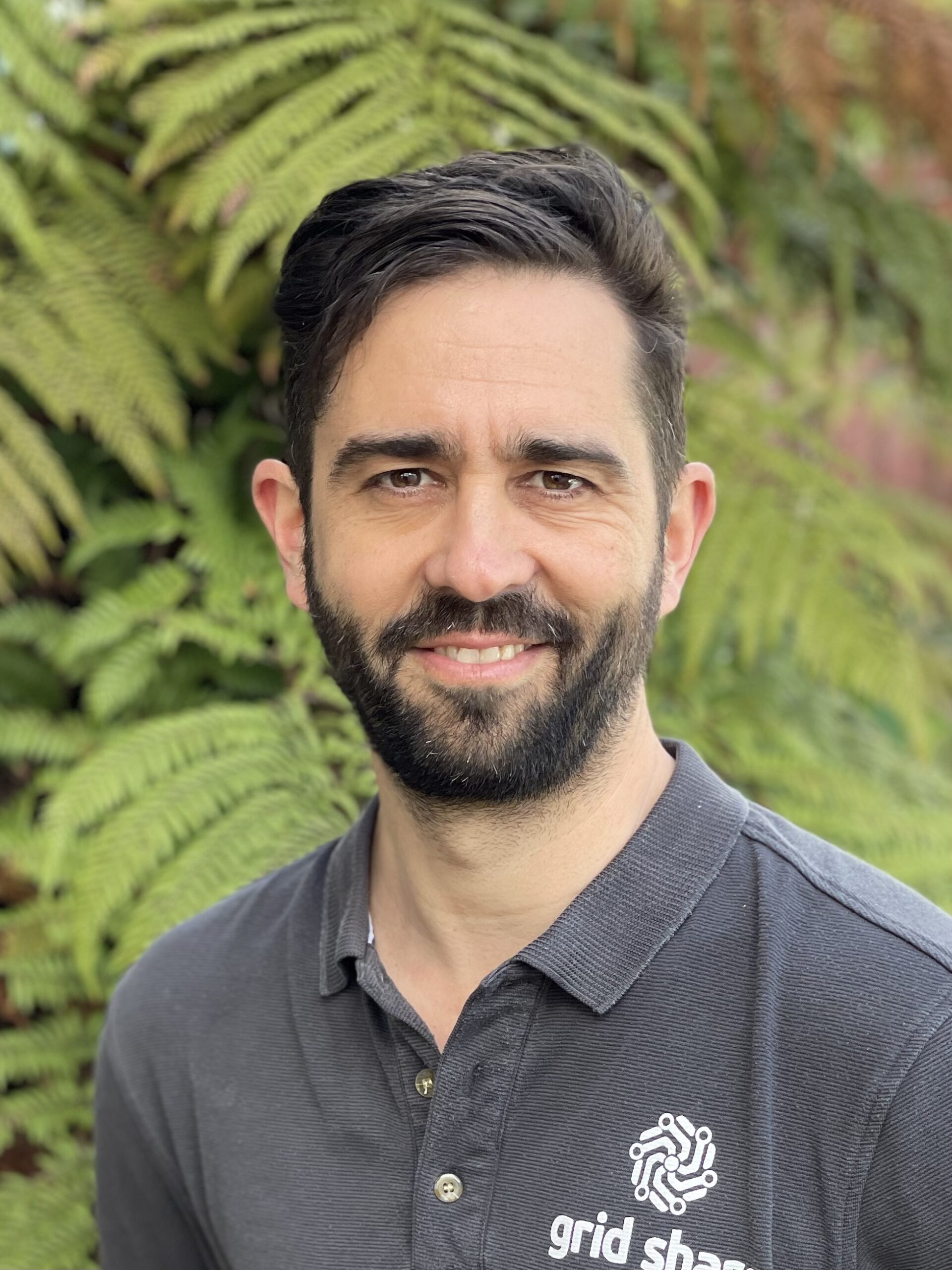The growth of the infrastructure required for New Zealand’s continuing digital progress is accelerating. There is no question that New Zealand is expanding its digital activity rapidly and that this will require a greater datacenter capacity. According to an IndustryARC report, the national datacenter market is estimated currently at 164.8 MW and looking to more than double to 354.15 MW by 2029. This growth will be driven by the roll-out of digital transformation, by the increased deployment of cloud and by upgrades to existing facilities.
This rate of growth has raised a number of operational and strategic questions. A situation where local data needs to be housed in facilities overseas can raise issues of 'jurisdictional risk', that the data housed overseas need to follow overseas rules rather than the rules of the country where the data originated. Recent local growth can be linked to a number of key colocation providers as global cloud providers appear to be at the initial stages of their entry into the New Zealand market. Questions have also been raised as to whether the power grid can cope with the demand of more data centers.
Other challenges faced by local digital infrastructure are those faced by the sector elsewhere around the world - designing and fitting out for high growth, attracting and retaining skilled staff, meeting the full range of sustainability responsibilities beyond energy use including Scope 3, diversity, social and economic impacts. This convention will look at New Zealand’s unique position in the datacenter world and its opportunity to maintain this through sustainable digital growth and all that this approach entails.
Many weighty words have been used to describe the emerging impact of digital transformation on nations around the world – the 4th Industrial Revolution, the start of the Digital Era, the evolution of a New Virtual World to match the one we live in, and more.AI and digital technologies have started to integrate seamlessly into our lives and our work. Looking forward, how will this transform New Zealand and impact the lifestyles and values for which the country is known? How will the promise of the digital be delivered across the country and how will digital infrastructure adapt to manage that process?

Digital growth almost always comes at some carbon cost. The digital world also offers considerable potential for improved sustainability through replacing activities that can be carbon-heavy with on-line equivalents (travelling, meeting, shopping, learning, socializing etc.). As a foundation of the digital world, data centres have a key role in balancing the growth in demand for their service with a strategy toward sustainability. This keynote will look at how data centres can demonstrate leadership in this space.

This keynote will focus on New Zealand’s changing data centre and cloud ecosystem and what recent changes mean both for New Zealand businesses and Government, and for the country’s digital sovereignty and self-sufficiency. What are the key opportunities and challenges that lie ahead?


Historically storing data at scale was most easily accomplished in the cloud: acquisition cost, complexity of legacy hardware and data management architectures, and technical limitations – all encouraged the adoption of cloud services when scaling data into the petabyte range. Recent, and upcoming innovations by Pure Storage have delivered an order of magnitude reduction in data center footprint, ESG overheads, and operational simplicity. Join Michael Boots for a session that dives into how these new technologies reverse the trend – empowering organisations to scale data optimally.



AI and high-performance applications contribute to increasing rack density which introduces new power and cooling challenges to IT Infrastructure, and the need for collaboration in the design, construction and operation of data centre critical infrastructure.


This presentation provides a comprehensive analysis of trends, challenges, and benchmarks in data center operations gathered from industry leaders worldwide.

While most of our attention is placed firmly on the marvel of AI and Machine Learning, reaching this utopia is putting pressure on the way providers connect these precious computing elements. There is high risk in pursuing traditional methods of connectivity and capacity planning in the modern Data Centre. Manual methods of connector installation, routing and deployment place too high a burden on the individual to achieve success 100% of the time. Join Corning on a journey into new connection technologies to visualize what will keep the DC environment alive now and well into the future.


Where do the responsibilities for delivering on data centre sustainability currently lie? How does this vary by different areas of sustainability? Is the current system effective? Where does it work, where does it not? Can local data centres in New Zealand deliver without the involvement of external players? What are the strategies for achieving this?





Enterprise and IT companies are the foundation of the data centre/ cloud ecosystem. Decision making becomes more complex as providers and technologies evolve and as options and information increase. What are the impacts of shifts in enterprise requirements for data centre planning, construction and operation? How well are providers of facilities and other services meeting enterprise and IT customer needs or do providers largely shape those needs?





Traditionally, most data centres have been inconspicuous and functional buildings located and concealed usually for reasons of security. As latency and concerns about how best to deliver digital services locally drove Edge forward, is that pattern now being followed by larger data centres to be integrated within local areas and communities? How far can that trend go?


How will colocation providers need to adapt to the impact of future demand trends based on increasing Internet use and on the acceleration of digital transformation in its various forms? What will be their investment priorities in order to develop and maintain the services and infrastructure to stay ahead of a rapidly-evolving and changing market?





Please bring the registration confirmation email with QR code sent to your email to the registration area in order to get a badge printed to enter the event.
Upon successful completion of registration through the W.Media website, your QR code will be sent to your email address.
Cloud and Datacenter professionals and media partners are welcome to attend. All attendees must register on the W.Media event page.